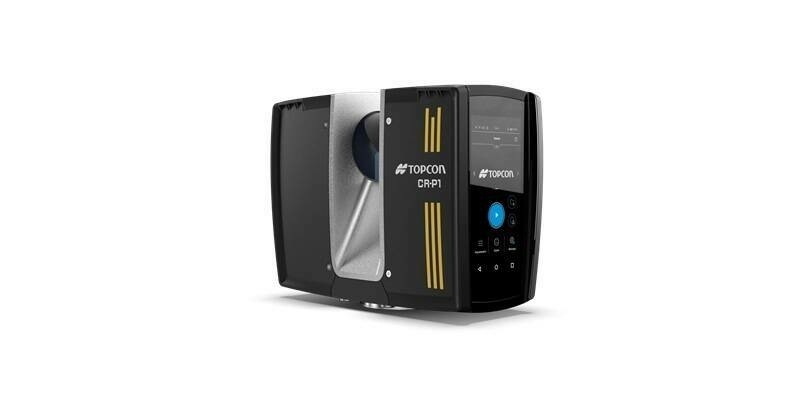Captured by GHGSat’s Claire mission on 21 May 2020, this image shows methane emissions from an onshore oil & gas facility in the Caspian Sea Region.
GHGSat is a New Space initiative that draws on Copernicus Sentinel-5P data for mapping methane hotspots. Its Claire satellite has now collected more than 60 000 methane measurements of industrial facilities around the world. Credit: GHGSat (background © 2020 Google map data)
Methane may not be as abundant in the atmosphere as carbon dioxide, but with a global warming potential many times greater than carbon dioxide, monitoring and controlling industrial emissions of this potent gas is imperative to helping combat climate change. GHGSat is a New Space initiative that draws on Copernicus Sentinel-5P data for mapping methane hotspots—and its Claire satellite has now collected more than 60 000 methane measurements of industrial facilities around the world.
Copernicus Sentinel-5P's role is to map a range of atmospheric gases around the globe every 24 hours. Its Tropomi spectrometer delivers data with a resolution as high as 7 km × 5.5 km for methane, but these data can't be used to pinpoint specific facilities responsible for emissions.
However, GHGSat's demonstration satellite 'Claire' can, but it is helped with a bit of guidance from Sentinel-5P.
Drawing on Sentinel-5P data, the GHGSat tasks Claire to home in on methane point sources. Using this approach, GHGSat has been able to attribute large methane leaks to specific industrial facilities. This is catching the attention of managers responsible for emissions from industries such as oil and gas, waste management, mining, agriculture and power generation.
The Climate Investments arm of the Oil & Gas Climate Initiative (OGCI) has taken particular interest, including an investment in GHGSat.
Managing Director of Ventures for OGCI Climate Investments, Rhea Hamilton, says, "GHGSat's methane monitoring product has achieved impressive results and is attractive to oil and gas operators.
GHGSat’s commercialisation satellite ‘Iris’ during testing. Iris is scheduled to launch in August 2020 and will measure sources of the potent greenhouse gas, methane, at higher resolution than has previously been possible. Industrial site operators will use Iris measurements alongside Copernicus Sentinel-5P and Claire measurements to better understand their greenhouse gas emissions, enabling them to control and, ultimately, reduce them.
"The company has identified significant methane leaks and supported operators in understanding the results, prompting corrective action. OGCI Climate Investments looks forward to watching GHGSat grow to serve more operators."
Following on from the Claire demonstrator, GHGSat plans to have a constellation of 10 satellites operating by 2022. The next satellite, Iris, which will be able to spot even smaller methane leaks, is one of the 53 satellites that will be launched on the Vega VV16 flight, scheduled for mid-August.
ESA's Director of Earth Observation Programmes, Josef Aschbacher, commented, "Copernicus Sentinel-5P and Claire working together is a prime example of institutional satellites working hand in hand with commercial satellites, a concept that is taking Earth observation into a new era.
"We are very much looking forward to seeing Iris launch as a next step towards better greenhouse gas monitoring."
Iris will offer a spatial resolution of 25 m compared to Claire's 50 m resolution, therefore allowing methane to be traced even more accurately.
Subscribe to our newsletter
Stay updated on the latest technology, innovation product arrivals and exciting offers to your inbox.
Newsletter

